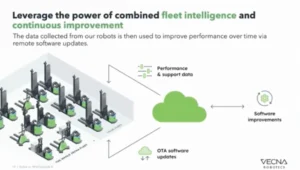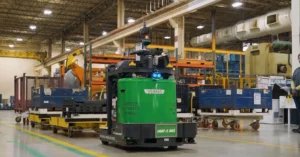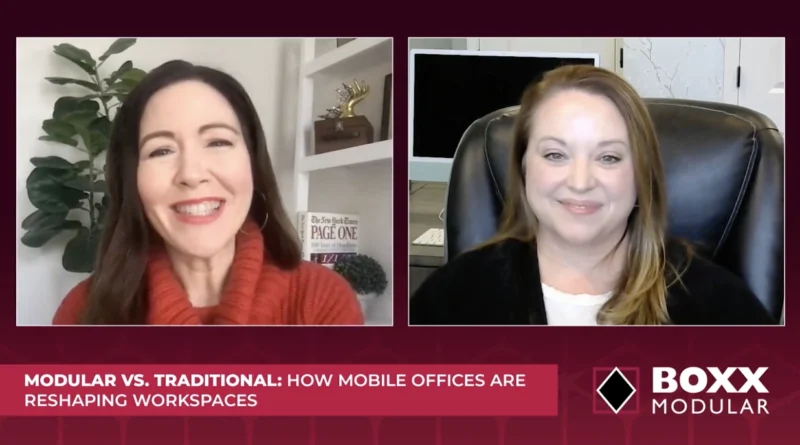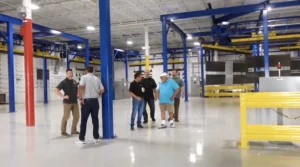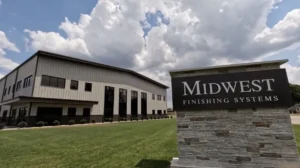Workforce Education Will Be Industrialized Construction’s Path to Success
It is projected that by 2035, most buildings will be constructed by industrialized construction. This should be a point of optimism for the industry; IC allows manufacturing and construction to merge, which utilizes manufacturing’s ability to mass-produce and the construction industry’s skill in design to build unique prefabrication and modular buildings.
This isn’t just an operational shift, but a major financial opportunity for these two industries as well. The pre-fab building market is estimated to grow to $153.7 billion by 2026, according to Global Industry Analysts Inc., due in part to recent advancements in the construction industry’s manufacturing, design, and assembly potential, which have dominoed into labor productivity with automation, reduced costs and lean construction, all while improving the quality of a building.
So what does this massive growth in industrialized construction mean for the world, and can the construction industry’s professional workforce adapt to this increased demand and shifting workflows?
Juan Carlos Cabrero, Director of COAAT Madrid‘s Industrialized Construction Specialist Course, offered his perspectives on challenges in the industry in terms of professional and industry labor, as well as the resources out there for those interested in developing professionals skills for industrialized construction.
Cabrero wants to see modular and pre-fab projects built better, faster, sustainable, affordable, safe, and projects built within cost. These things are indeed possible within industrialized construction, he says. Listen to his thoughts above for more.


